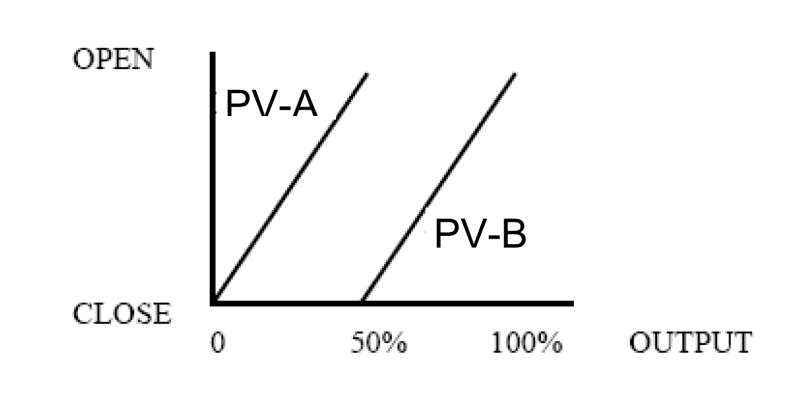Jack Nicholson
Chemical
Hi everyone. I have a question. would you please help me?
We have a split range controller, which send PIC signal to both valve (310-PV-023 A/B).
PID:
[URL unfurl="true"]https://res.cloudinary.com/engineering-com/image/upload/v1607955101/tips/PID_total_2017_l2e6wy.pdf[/url]
Control Strategy:

When we switch the controller to Manual, we have to open valve A first, and then open valve B, as illustrated above. It's possible to change in the way that we can action valve A and B simultaneously (in other words cancelling the split range) in manual mode. But don't you think that there would be some safety or process issue then?
We have a split range controller, which send PIC signal to both valve (310-PV-023 A/B).
PID:
[URL unfurl="true"]https://res.cloudinary.com/engineering-com/image/upload/v1607955101/tips/PID_total_2017_l2e6wy.pdf[/url]
Control Strategy:

When we switch the controller to Manual, we have to open valve A first, and then open valve B, as illustrated above. It's possible to change in the way that we can action valve A and B simultaneously (in other words cancelling the split range) in manual mode. But don't you think that there would be some safety or process issue then?
